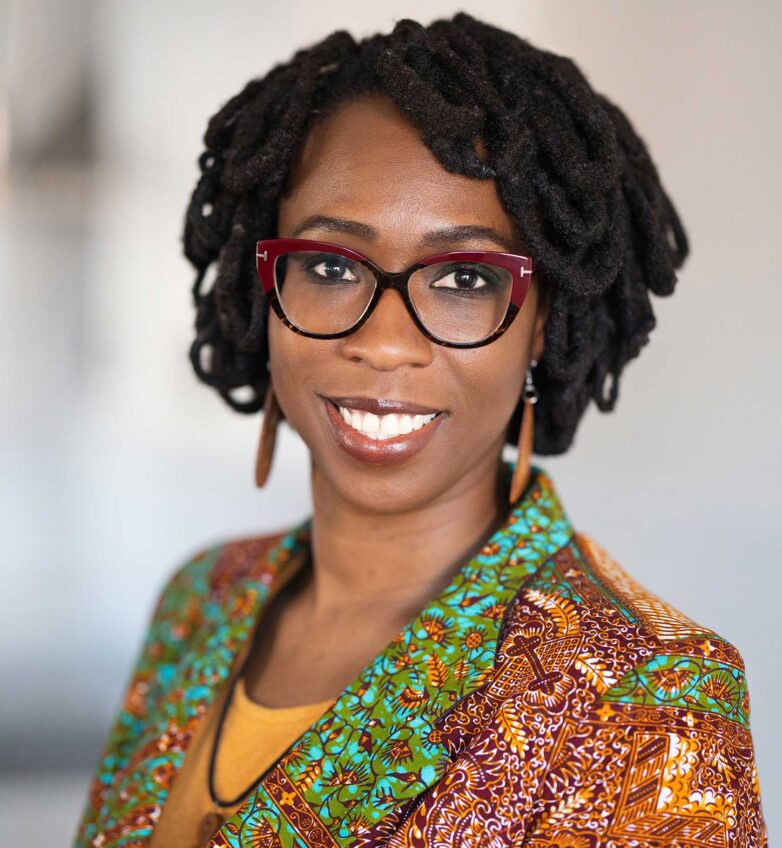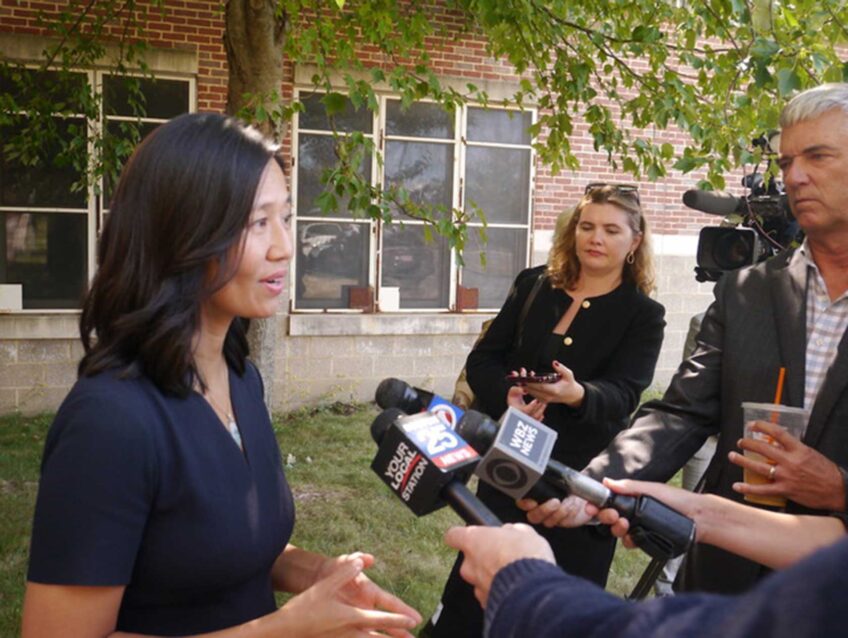Superintendents cite pandemic setbacks
Socio-emotional skills, foundational areas suffered during remote learning
State and local education officials said Tuesday that schools face a twin challenge in getting students back on track both academically and socially, and that staffing issues further complicate those tasks.
Almost three years after the arrival of COVID-19 first disrupted schooling in Massachusetts, lawmakers on the Education Committee gathered at the State House to receive a status update on efforts to mitigate the pandemic’s impact on students.
Billerica Superintendent Tim Piwowar told the panel that schools and their students “are in a significantly much better place” this year. He said things that “bring joy and life” to the day — like group work, sitting with friends at lunch and extracurricular activities like sports, plays and concerts — are once again regular features, but other effects of the pandemic have lingered.
“While on the surface, if you walk our halls, it looks like we’re back to normal, when you dig deeper, there’s a lot there that we need to continue to address,” he said.
Piwowar said students lost instructional time during the pandemic, with the effects particularly felt in foundational areas like early literacy. He said students also lost out on the peer interaction that helps develop social and emotional skills.
In Revere, Superintendent Dianne Kelly said both students and teachers needed to adapt to the return to in-person school routines after a prolonged period of remote learning.
“I think that the biggest misstep that we made last year — when we came back to school at the start of the ‘21-’22 school year — was that we were so hopeful about coming back to some sense of normalcy that we did not anticipate the amount of dysregulation that we were going to encounter,” she said. “And that wasn’t just among students, of course, it was among the adults as well, but those things served to exacerbate each other. Because the teachers and the staff were a little bit out-of-sorts due to everything they’d endured through the pandemic, they had less tolerance of students who were out-of-sorts themselves, and those things snowballed into some pretty tense situations.”
Kelly said her district, like many others, was able to use federal relief funds to increase the number of social workers, school psychologists and behavior analysts on staff. She said she worries about what will happen when those funds are no longer available.
“If we lose all of these positions just two years from now, we’re really going to be in a crisis point because I don’t feel that all of the students and all of the staff will have recovered emotionally from what they’ve endured during the pandemic, whether it was a lost parent, a lost sibling, a lost child, a loss of employment, a loss of housing,” Kelly said. “So many different losses that so many people have endured that we all need to contend with.”
Piwowar said this past summer was “the most challenging hiring season my colleagues and I have ever had,” with a huge number of teaching and professional positions vacant but a smaller applicant pool. He said extra money for school staffing is part of the solution, but work needs to be done to increase the numbers of people who want to enter the education field, particularly for support roles.
“But unfortunately, the public conversation around education right now does not incentivize people to get into the field,” Piwowar said. “While most families across the commonwealth are happy with their schools, in every community there is a small but vocal minority that believes that the word ‘civil’ in the phrase ‘civil discourse’ no longer applies, whether it’s at public meetings or attacks levied through social media.”
He asked lawmakers to find a way to work with districts to “change the narrative around schools, education and the profession.”
State Education Secretary James Peyser said workforce shortages and supply chain bottlenecks have posed challenges for some school districts as they look to spend the money allocated to them through the federal Elementary and Secondary School Emergency Relief Fund.
Peyser said of the $2.6 billion in ESSER funding allocated directly to school districts, about $965 million, or 37%, has already been claimed.
In addition to those encountering supply chain and staffing problems, he said some districts may be trying to budget conservatively in the face of broader economic uncertainty.
“At the same time, I do remain concerned some districts are sometimes treating these funds primarily as ways to fill holes in general operating budgets, rather than significantly expand learning time and provide extra help now to the students who need it most both in and out of school,” Peyser said. “I know this is easier said than done, but even though learning recovery is a multiyear effort, we all need to have a sense of urgency about doing whatever it takes and starting right now.”
Katie Lannan covers the State House for GBH News.




